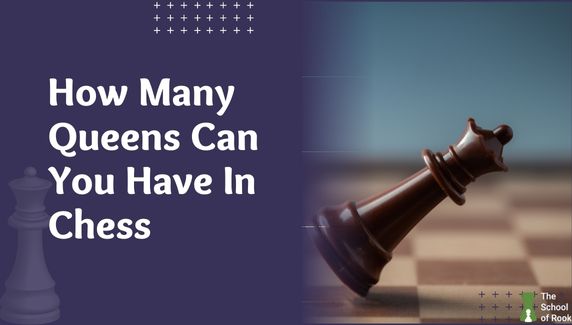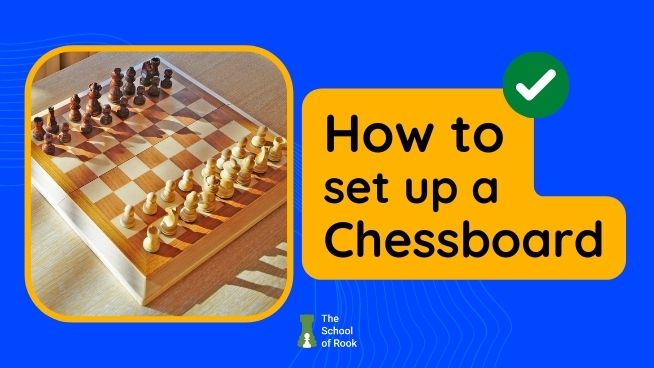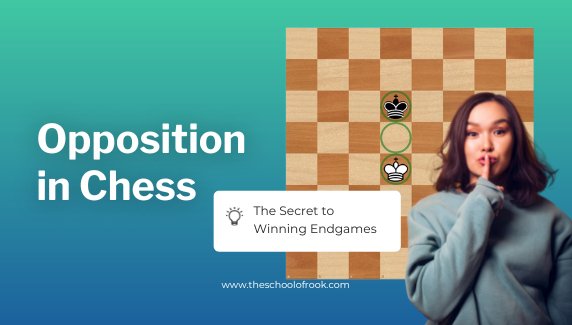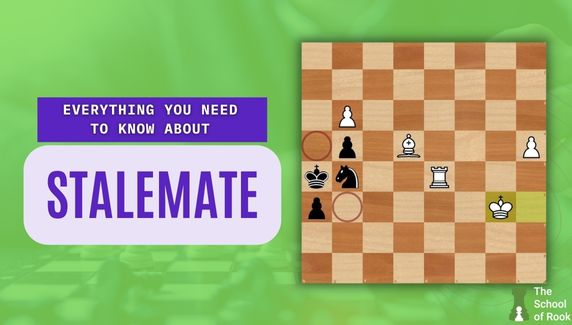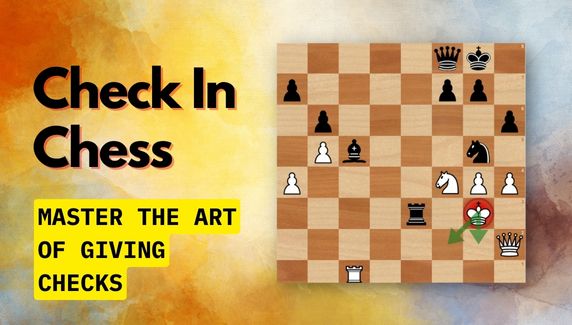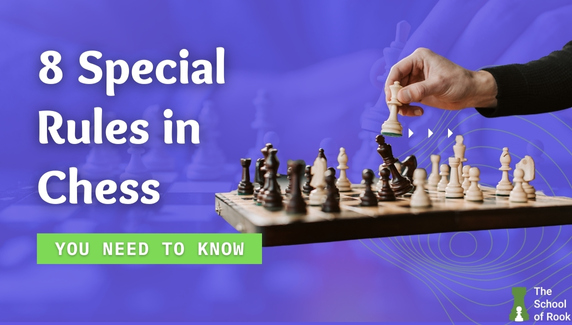
Chess has been around for centuries. It’s a game of strategy and skill that people of all ages enjoy. While the basic rules of chess are simple, there are also some special rules that can make the game more challenging and exciting.
Some popular special rules in chess include castling, promotion, and touch to play. Want to know what are the other special rules that can help you turn a game around?
Read on to learn the 8 special rules of chess!
Chess rule #1: Touch to play
Touch-to-play is a special rule in chess that states players must move a piece they touch if it has a legal place to move.
In simple terms, if you touch a piece when it’s your turn to play, you must move it.
For example, let’s look at this game played between Karpov and Chernin.
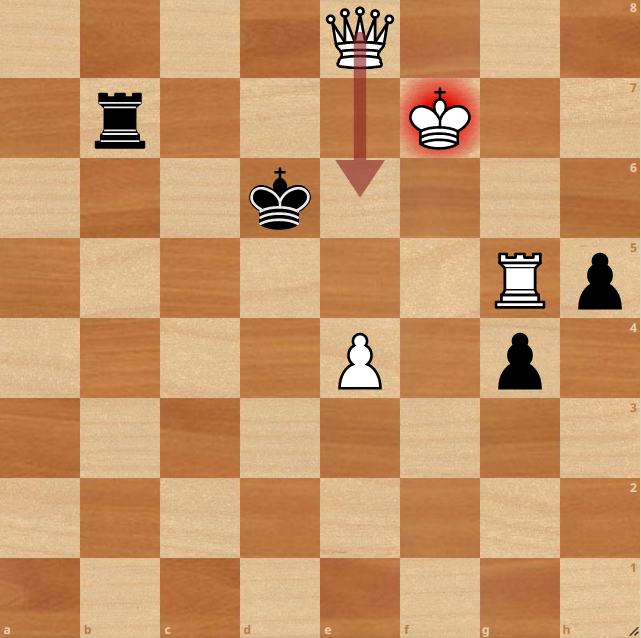
Black played Kd6+ to give a discovered check. Karpov, running short on time, played Qe6+ by mistake to give a check to the Black king.
Here, Qe6 is illegal, and Black should have moved the king to stop the check.
Since Karpov had already touched his queen, he had to move it to Qe7 to stop the check. Karpov lost his Queen after Black played Rxe7+ and resigned from the game.
So this may seem like a simple rule, but there are a few more things to keep in mind when following the touch-to-play rule.
First, this rule also extends to your opponent’s pieces. If you touch your opponent’s piece when it’s your turn to play, you must capture it if it’s a legal move.
Secondly, you should also know that once your hand leaves a piece, the move is complete. You can’t take it back to its original position or move it to the place you wanted it to move in the first place.
An example or you can say the consequence of the touch-move is the castling move gone wrong.
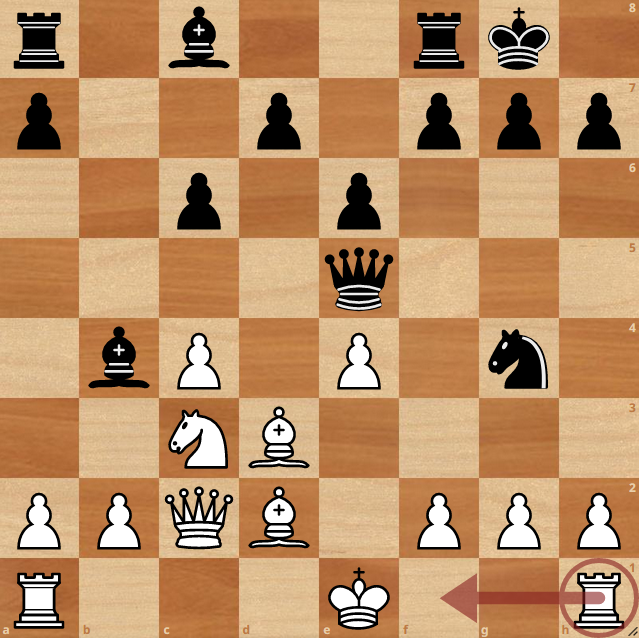
Let’s say White intends to short-castle. Instead of moving the king to g1, White touches the rook first and moves it to f1 square.
Since moving a rook is a legal move, the White can no longer move its king to g1 for castling.
In other words, Rf1 is considered the White’s move here and it can no longer castle on the king’s side.
That’s why you must always touch and move the king first to castle.
Finally, if you want to adjust an incorrectly placed piece on the board, say “I adjust” while moving it in its place. If you don’t say “I adjust” or “adjust” while moving the piece, you’ll be forced to move that piece.
It’s good etiquette to adjust pieces when it’s your turn to play. Otherwise, it interferes with your opponent’s game.
Note:
The touch-to-play rule is applicable only in OTB matches. Online games don’t follow the touch move. Players can pick and drop a piece back to its original position and then choose another piece to play.
Chess rule #2: Castling
Castling is a special move in chess when the king and a rook move at the same time.
The king moves two squares towards the rook. The nearest rook then “jumps” over the king and stands beside it.
Castling is a special move because this is the only move in chess where two pieces move at once. It is worth noting that the king moves first, followed by the rook.
There are two types of castling, as there are two rooks. They are as follows:
King-side castling
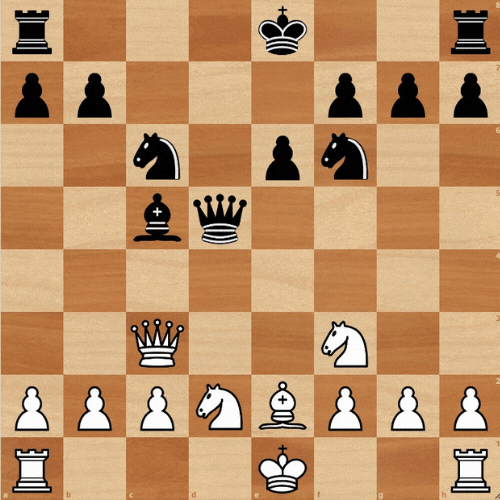
The White king moves to g1 square, and the rook moves to f1 square. Similarly, the Black king moves to g8 square, and the rook moves to f8 square.
King-side castle is also known as short-castling and is denoted as 0-0.
Queen-side castling
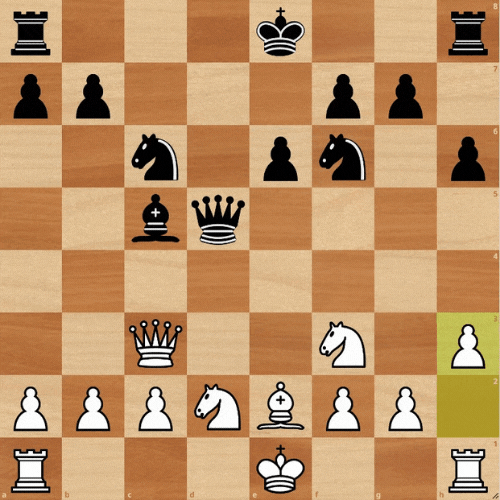
The White king moves to c1 square, and the rook moves to d1 square. Similarly, the Black King moves to c8 square, and the Black Rook moves to d8 square.
Queen-side castling is also called long castling, as the rook moves three squares instead of two squares. It is denoted as 0-0-0.
Castling is a great move for two reasons:
- It allows the king to move away from the middle of the board and take a safer position in the corner.
- It allows the rook to move away from the corner where it isn’t of much use in the opening or middle game and towards the middle of the board.
But there are a few conditions that must be met in order for a player to castle:
- The king hasn’t moved in the game. Once the king moves, a castling can’t take place.
- The castling-rook hasn’t moved in the game. If the rook has been moved earlier in the game, the king can’t castle using that rook.
- There should be no pieces standing in between the King and the Rook.
- The king shouldn’t be under a check.
- The king shouldn’t pass through a check.
- Castling can only occur in the first rank for White and the last rank for Black.
Chess rule #3: Pawn promotion
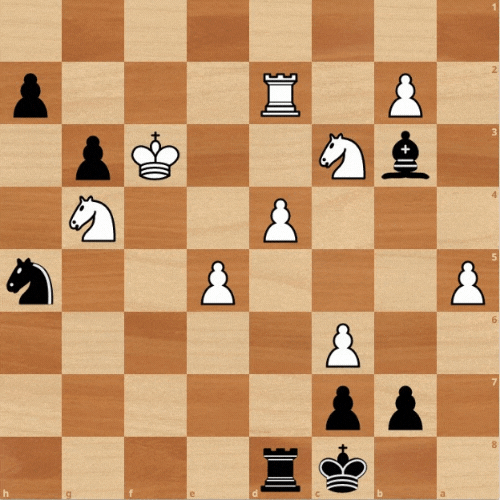
Pawn promotion is when a pawn reaches the other end of the board, it gets promoted to a queen, rook, bishop, or knight of its own color.
In simple terms, if a White pawn reaches the eighth rank or a Black pawn reaches the first rank, it is promoted into a major or minor piece.
There are some special rules that apply when promoting a pawn. For instance, a pawn can’t be promoted to a king since there’s only one king in a game.
Similarly, a pawn also can’t “promote” itself to another pawn. You need to promote it to a piece.
And finally, you should also know that a pawn can become a queen, even if there’s already a queen on the board. The same rule applies to rooks, bishops, and knights.
Now, can all eight pawns become queens? Theoretically, yes.
But practically, you’ll never see eight queens on the board. You’ll most likely see pawn promotions in the end game when few pieces are left as the pawn battles to the last rank.
Chess rule #4: En passant
En Passant is a special move in chess where a pawn can capture an adjacent pawn depending on the following terms:
- The opponent’s pawn must be adjacent (and not diagonal) to it.
- The opponent pawn’s first move is two squares ahead.
- The capturing move should be immediately after the opponent makes the two-step move.
Here’s an example:
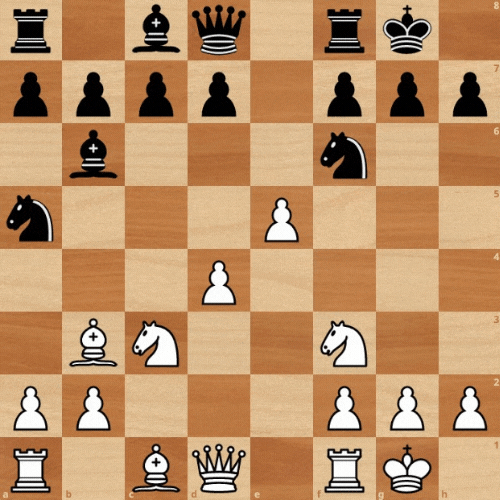
Black plays d5 and White responds with exd6. Instead of placing the e5 pawn on the d5 square to capture it, the White pawn moves diagonally, i.e., one square above it.
“en Passant” is French for “in passing.” The White e5 pawn takes the Black d5 pawn “in passing.”
This can be a tricky move to remember, but it’s important to know because it can change the course of the game. If you’re playing against an opponent who forgets this rule, you can use it to your advantage.
Chess rule #5: Three-fold repetition
In a three-fold repetition rule, a player can claim a draw when the same position occurs three times in a row.
The position must be the same, with the same player to move, and all pieces must be in the same squares. If any of these conditions are not met, then the three-fold repetition rule does not apply.
It is one of the least-known rules for a draw. Players can take advantage of this rule by forcing a three-fold repetition to convert a loss to a draw.
Let’s look at the following example:
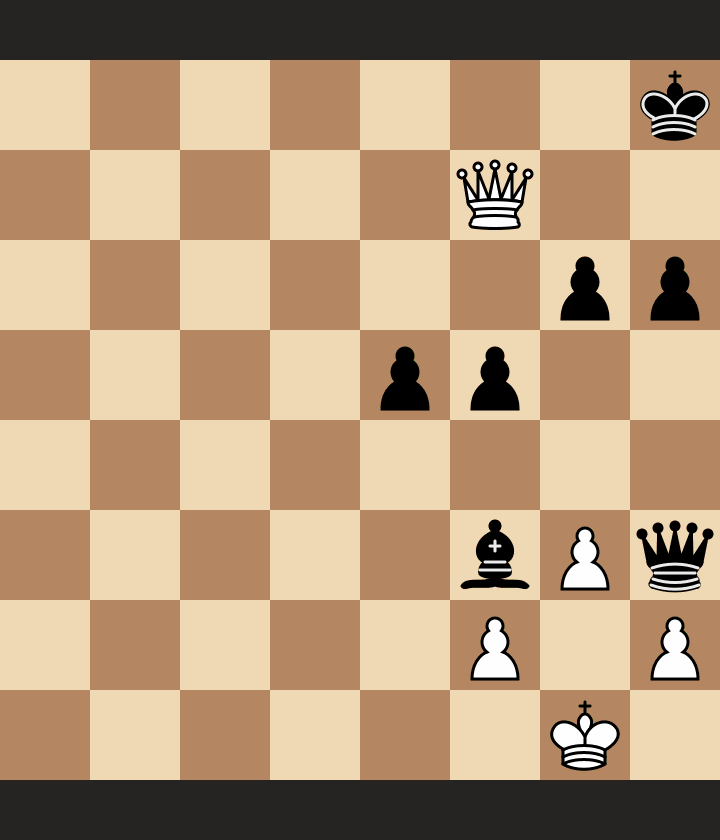
Here, White forces Black to move its king in the same square by giving a repetitive check.
It’s best to keep a record of the game to avoid any disagreement with your opponent over this rule. You can then show the notation to the arbiter should your opponent object to the draw.
Chess rule #6: 50 Move rule
The 50-move rule in chess states that if no player has made a capture or pawn move in the last 50 moves, the game is automatically drawn.
This rule is designed to prevent games from going on forever without any progress being made.
You’ll likely see this rule applied in the endgame when one of the players has no pieces left other than its king, and the other player is unable to checkmate.
Let’s take the following example where White has no pieces, while Black has a Bishop and a Knight.
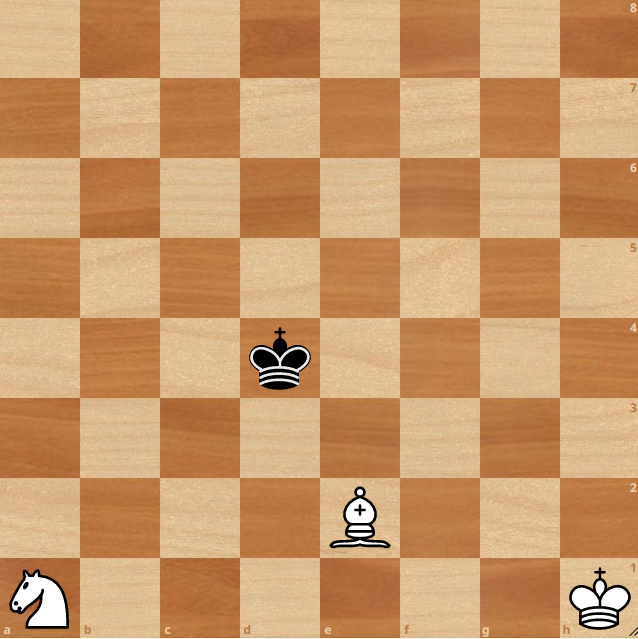
If the White is enable to checkmate Black in the next 50 moves, the gram will result in a draw.
Chess rule #7: Chess clock
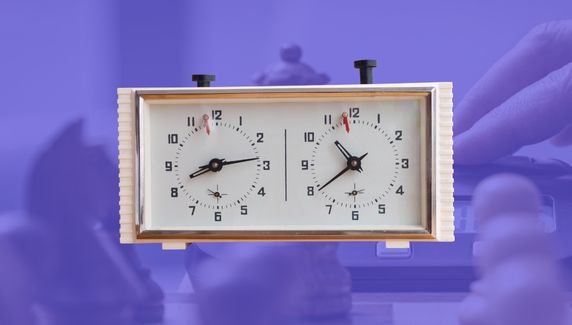
Each player is allotted a certain amount of time to make their moves. And this time limit is enforced by a chess clock.
A chess clock typically has two faces, one for each player, and a button that can be pressed by either player to stop their own timer and start their opponent’s timer.
If one player’s time runs out before checkmating their opponent, that player loses the game.
Now, you may be wondering if you have multiple pieces on board and your opponent has only a pawn remaining, will the same rule still apply? The answer is yes.
As long as your opponent has a pawn or any other piece on board, you’ll lose the game if you run out of time.
If the opponent has only its king left on the board and your time runs out, the game will result in a draw.
Most chess tournaments use chess clocks to enforce a strict schedule and ensure that each match finishes within a certain time. Chess clocks can also be helpful in friendly games as they help keep the game moving along at an even pace.
Chess rule #8: Resignation

In chess, resignation is the formal act of giving up the game. A player may resign when it is clear they will lose the game, either because their opponent has a better position or because they are about to be checkmated.
You can simply say, “I resign,” to convey the message.
If you’re winning a game, forcing your opponent to resign is very unsportsmanlike. It is much better to let them play until they realize that they have lost and then offer a handshake.
Final thoughts
Chess is a game with many special rules that can initially seem confusing. However, once you understand the basics of the game, it is a lot of fun to play.
Chess is a great way to exercise your mind and improve your strategic thinking skills. So, if you are looking for a challenging and rewarding game to play, chess can be a perfect choice.

